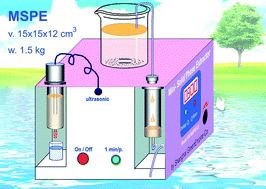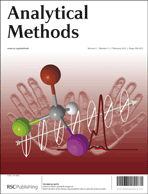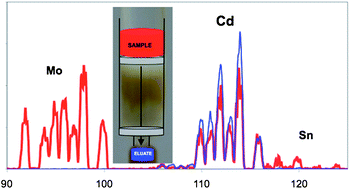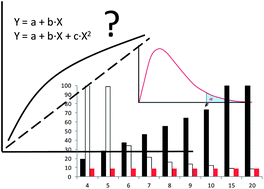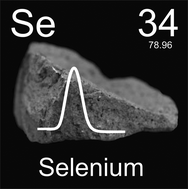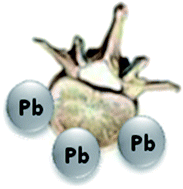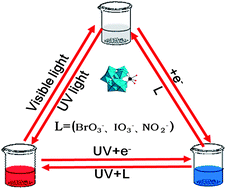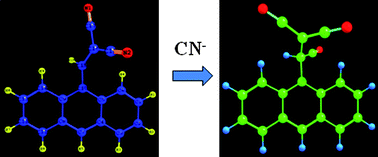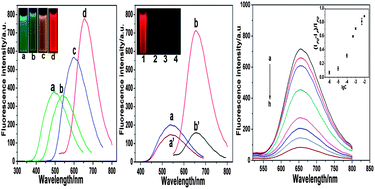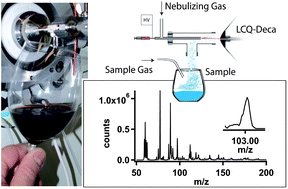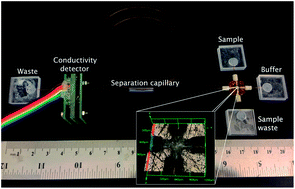
Picture of 5 interconnecting microfluidic components
A new and fast microchip-inspired analytical device based on standard Plexiglas tubes has been developed by researchers in Brazil.
The team, led by Carlos Garcia from the University of Sao Paulo, propose a device based on 5 plastic microfluidic components that serve as both the injector and the reservoir. The plastic components are connected with standard capillary tubes that easily enable the in-channel detection of analytes by a variety of techniques including electrophoresis. To demonstrate the applicability of this design, the researchers performed efficient analysis of inorganic cations by capillary electrophoresis on soil samples.
The microchip-capillary electrophoresis devices commercially available at the moment are still expensive and do not always offer the best analytical performances. This new microfluidic device developed using cheap and simple fabrication materials is an attractive approach for portable and rapid analytical instrumentation.
To read the full article, free to read until March 6th, please access the link below:
Microfab-less microfluidic capillary electrophoresis devices
Thiago P. Segato , Samir A. Bhakta , Matthew T. Gordon , Emanuel Carrilho , Peter A. Willis , Hong Jiao and Carlos D. Garcia
Anal. Methods, 2013, Advance Article
DOI: 10.1039/C3AY26392D











